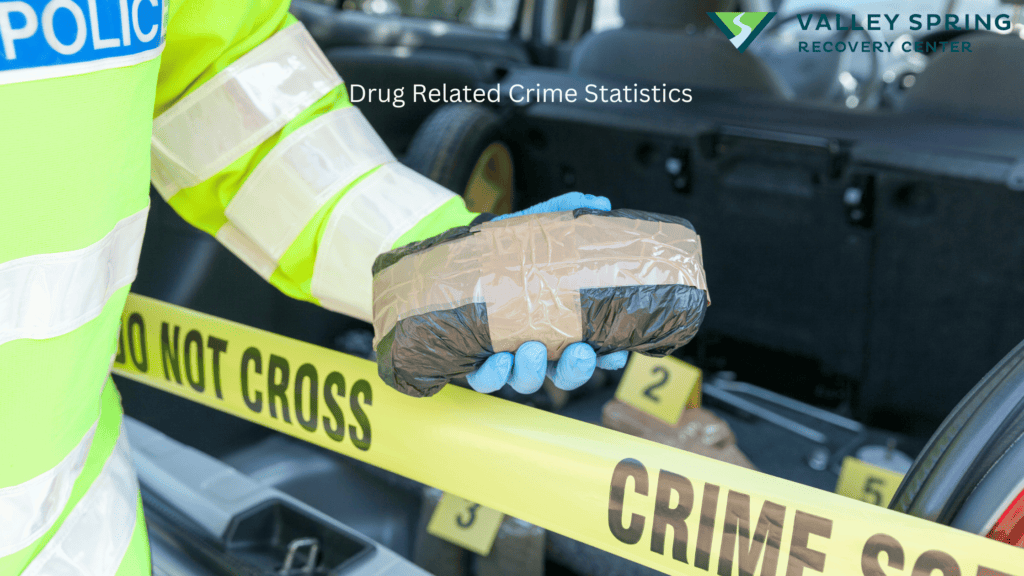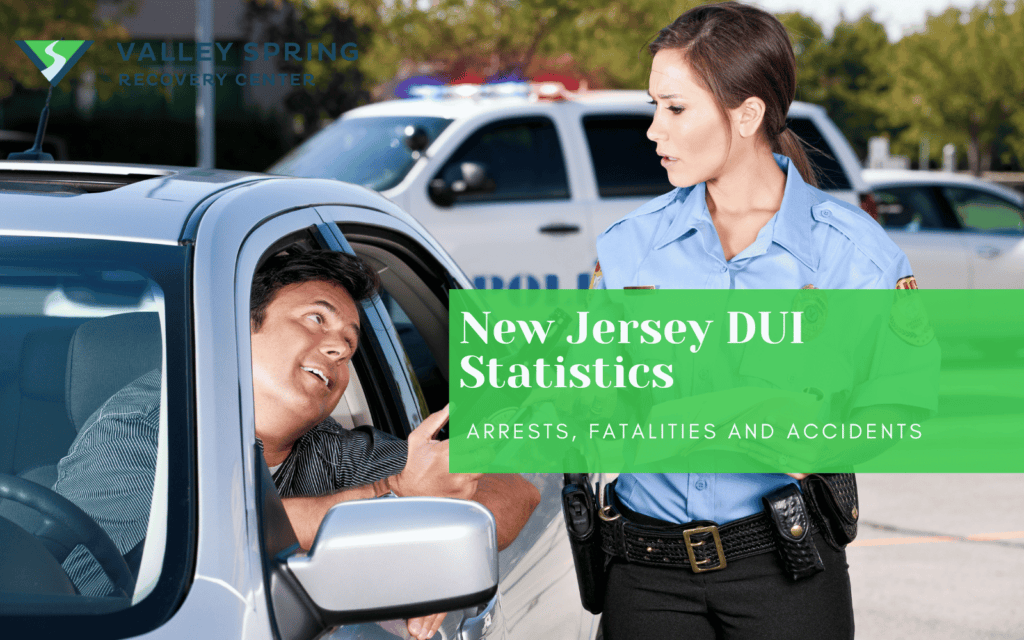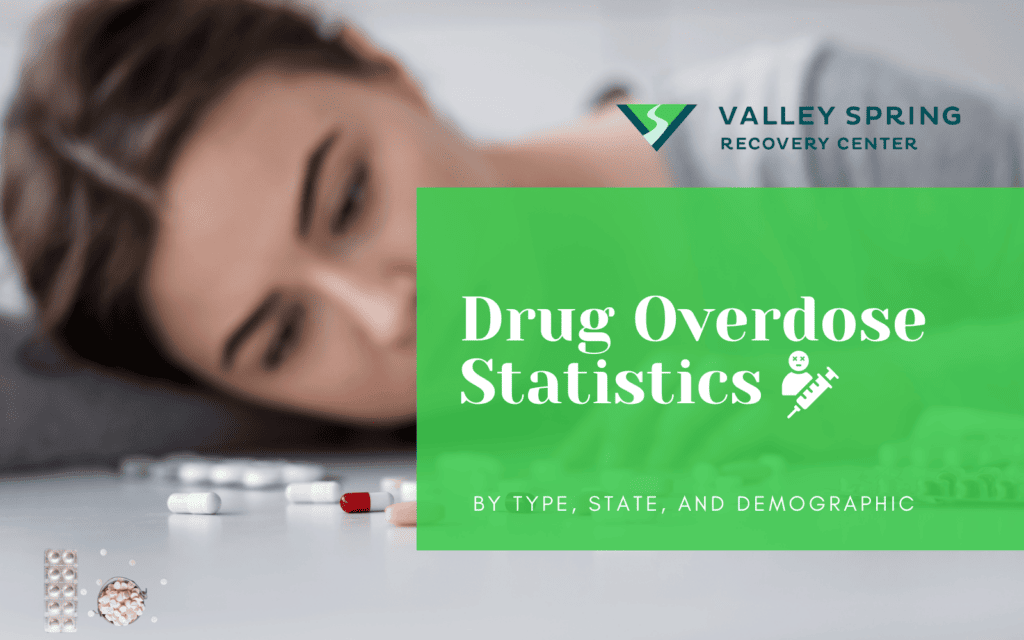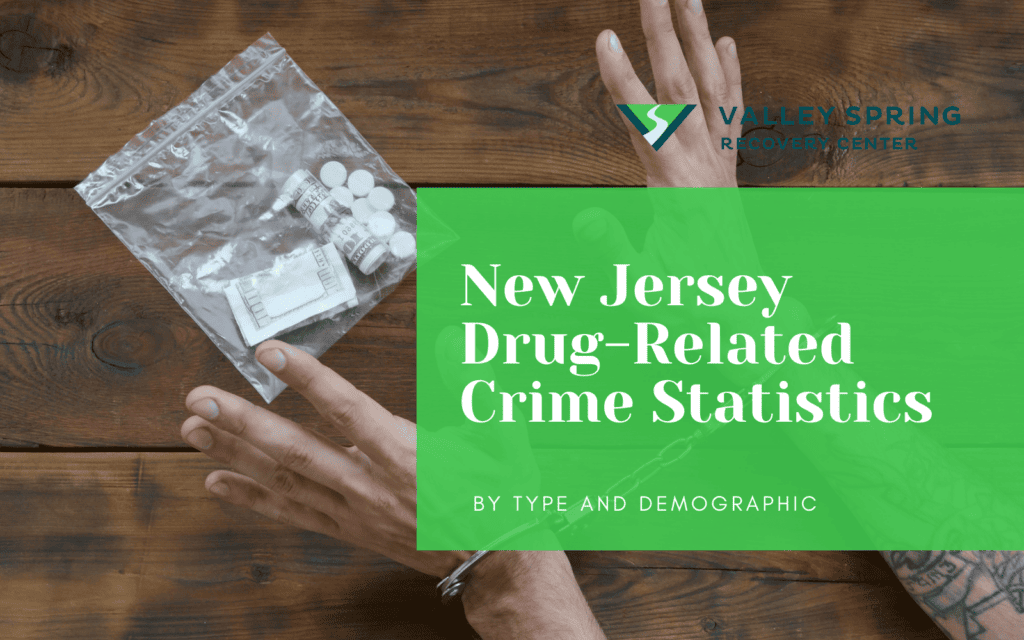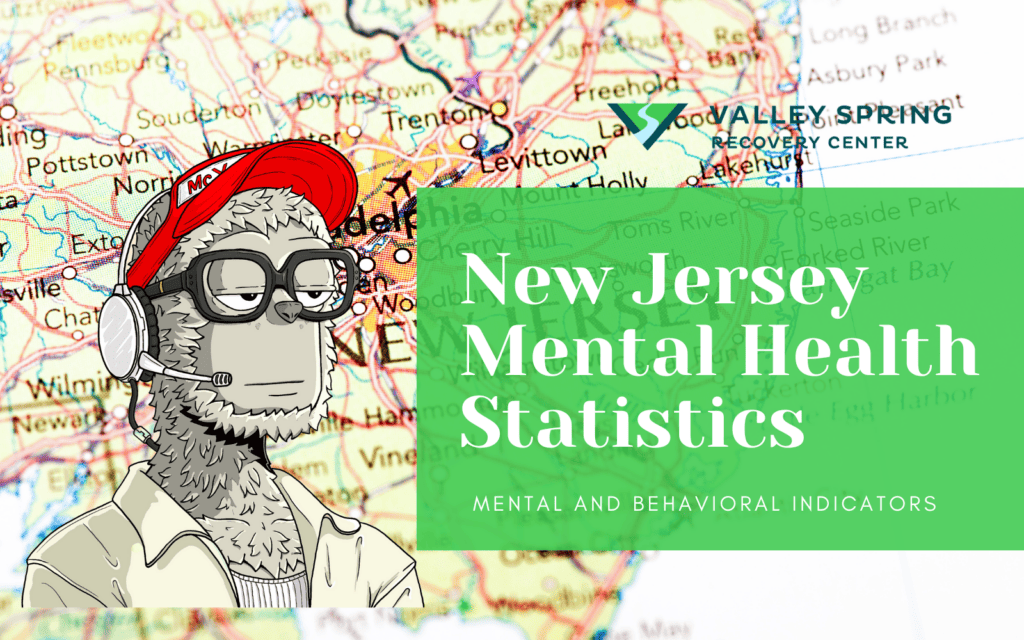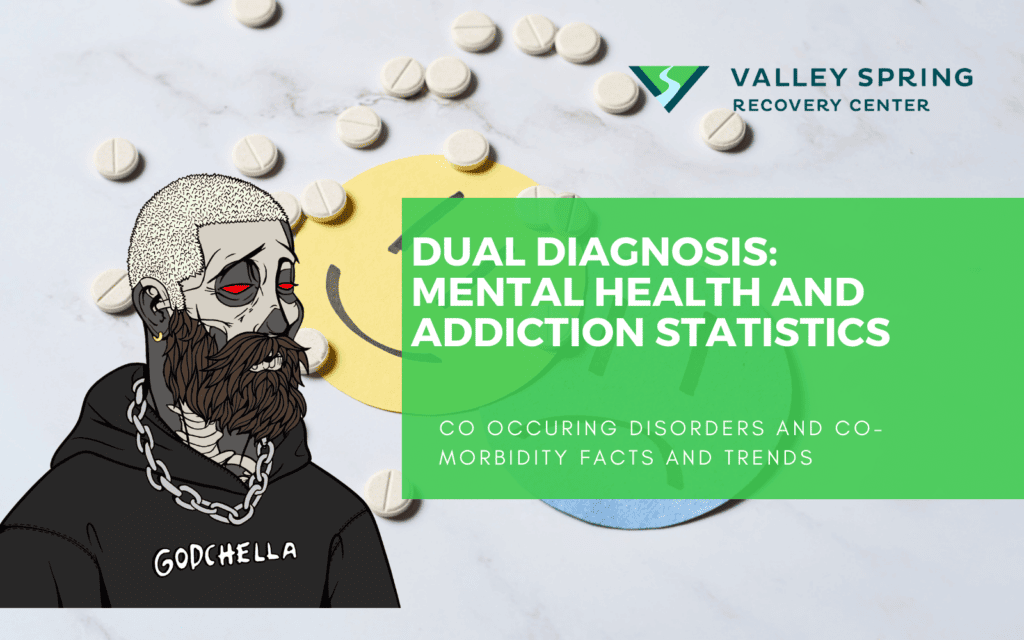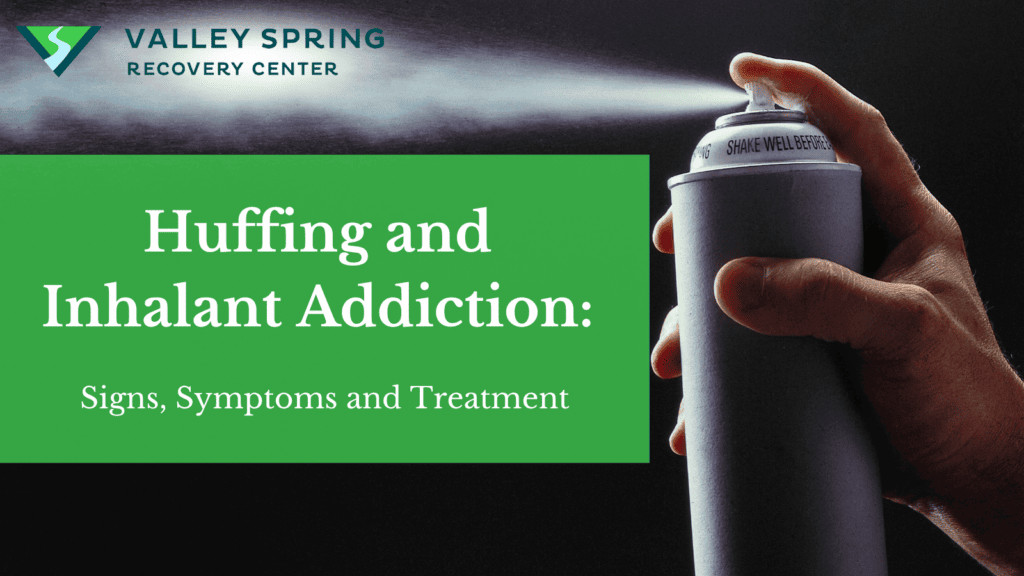The rate of drug use has continuously increased as the country goes through the opioid epidemic. Aside from the rise of deaths involving drugs like fentanyl, methamphetamines, cocaine, and heroin, drug-related crimes continue to increase as well. If we’re talking about the law, there are only four formal types of drug crimes. These are possession of scheduled drugs, drug dealing, and drug trafficking, manufacturing drugs, and possession of drug paraphernalia. However, crimes related to drugs can also go beyond these four. Economic-compulsive crimes can be related to drug use, too. Unfortunately, drug use is also linked to several violent and sexual crimes. Take a look at the facts and statistics below:
KEY TAKEAWAYS
- Out of 619,000 people behind bars, 129,000 are incarcerated for drug-related crimes. About 109,000 of these individuals don’t have any convictions, while the other 20,000 are already convicted. Possession has been the number one cause of these incarcerations–61,000 are still unconvicted and 11,000 are convicted.
- In 2019, drug possession had the highest number of arrests with a total of 1.35 million. Compared to other crimes, this is significantly higher. The sale and manufacture of drugs only had 210,000 arrests, while violent crimes only had 500,000 arrests.
- About 56.1% of drivers involved in serious injury and fatal crashes tested positive for at least one drug in Q4 2020. According to the CDC, 25% of impaired drivers test positive for marijuana, 9% for opioids, 10% for stimulants, and 8% for sedatives.
- The Coastal/Interior region has the highest number of drug seizure events this fiscal year with a total of 31,952 seizures. The U.S. Border Patrol and Office of Field Operations have seized an estimated total weight of 461K lbs of drugs and a total of 44,336 drug seizure events in all borders.
- About 75% of people who begin rehabilitation for substance use disorder reported engaging in violent crimes. It’s reported that about 71.8% of sexual assault offenders who are under the influence use physical force against their victims.
Drug-Related Arrests and Prison Data
Drug-related mass incarcerations have been commonplace for law enforcement since the drug war started. Illegal possession of drugs has been the primary cause of these incarcerations, followed by drug sales and manufacture.- There are 4 types of drug crimes–possession of scheduled drugs, drug dealing and drug trafficking, manufacturing drugs, and possession of drug paraphernalia. Note that these are drug crimes. Prior drug use can also lead to other crimes, such as violent crimes, property crimes, and public order offenses.
- From 1980 to 2020, the police made over a million drug possession arrests annually. This number is six times higher than the arrests made for drug sales and/or manufacture.
- A total of 129,000 out of 619,000 people are behind bars in jails under local authorities for drug-related crimes. About 109,000 people are still not convicted, while 20,000 people are already convicted.
- Out of the 109,000 people unconvicted individuals in local jails, 61,000 are in for possession. About 40,000 people are incarcerated for trafficking and 8,000 for other drug-related crimes.
- Out of the 20,000 individuals convicted for drug-related crimes, 11,000 were convicted for possession. There are 7,000 people convicted for drug trafficking and 2,000 for other drug-related crimes.
- An estimated number of 90,000 individuals are locked up in federal prisons and jails for drug-related cases. Aside from federal prisons, plenty of agencies and thousands of local facilities confine people under the federal government. The U.S. Marshals Service holds a total of 60,000 individuals, the Bureau of Prisons has a total of 149,000, and the Immigration Detention holds 34,000.
- About 69,000 out of the 90,000 individuals locked up in federal prisons for a drug offense are held under the Bureau of Prisons. The U.S. Marshals Service holds the other 21,000.
- One out of five incarcerated individuals is locked up for a drug offense. This means, about 353,000 out of 1,873,000 people are incarcerated for drug offenses.
- State prisons have a total of 132,000 people locked up for drug-related crimes. State prisons hold the largest number of individuals incarcerated for drug offenses.
- Around 32% of state prison inmates were found to be under the influence of drugs at the time of the offense. More than 80% of local jail and state prison inmates have used an illegal drug and 55% of these inmates used a type of drug a month before their arrest.
- In the state of New York, the busts of all felony drug sales plummeted from 2,409 to 2,452. From 2019 to 2021, the drug convictions in NY fell by 52%; however, overdose deaths continue to soar.
- DEA, together with its partners, has made over 1,700 arrests under Operation Overdrive so far. As of July 2023, there were over 1,700 arrests made, 1,300 firearms seized, and 13 million potentially deadly doses of fentanyl. Operation Overdrive is currently occurring in 57 locations in the country.
- In 2019, 1.35 million people were arrested for drug possession. This number is higher than any other type of crime. About 210,000 arrests were made in relation to the sale or manufacturing of drugs. There were only 1.07 million property crime arrests, 1.03 million for simple assault, 1.02 million for DUI, and 500,000 for violent crimes.
- An estimated 17% of State prison inmates and 13% of jail inmates report committing their offenses to get money for drugs. Violent offenses account for about 12% of these crimes.
- An estimated 68% of drug offenders are rearrested within three years of release from prison. The use of illegal drugs increases the likelihood of continuous criminality involvement.
- Around 86% of drug arrests in 2020 were for the possession of personal-use drugs. A total of 1,155,610 arrests were made in 2020 for drug law violations.
- About 266,000 non-citizens with drug convictions were deported in 2020. For these individuals, drug conviction is considered the most serious offense that led to their deportation.
- Arrests for Black people for drug offenses fell by 37% in 2019. This shows that racial disparity in drug enforcement has declined as the drug offense arrests among Black people fell more than three times compared to White people.
- From 2009 to 2019, drug possession arrests only dipped by 0.4%. This is nothing compared to the 15% drop in violent crime arrests and 38% drop in property crime arrests.
- Marijuana accounted for 37% of possession arrests in 2019. This is more than 1 in 3 possession arrests.
- About 44% of minors arrested for burglary claimed to commit their crime to buy drugs. In addition, around 85% of juvenile offenders reported that they’ve been buying drugs and 55% have sold drugs.
- An estimated number of 1.9 to 2.4 million juvenile offenders have substance abuse or addiction. Only 68,000 of these minors receive treatment for addiction.
Driving While Intoxicated (DWI)
DWIs are as common as DUIs. Plenty of drivers who commit and are convicted of DWI are often involved in serious, fatal crashes.- About 25% of impaired drivers test positive for marijuana. About 9% of drivers test positive for opioids, 10% for stimulants, and 8% for sedatives. It’s unknown how many people are killed every year involving drugged drivers.
- About 56.1% of drivers involved in serious injury and fatal crashes tested positive for at least one drug in 2020. About 22.8% of these drivers tested positive for multiple substances, including alcohol.
- About 27.4% of drivers who were involved in serious and fatal crashes during Q4 2020 tested positive for cannabinoids. This is followed by opioids with 9.3% and stimulants with an 8.9% positive rate.
- When it comes to motorcyclists involved in serious and fatal crashes, 57.6% tested positive for at least one type of drug in 2020. About 14.4% of these motorcyclists tested positive for multiple substances, including alcohol.
- About 28% of these motorcyclists tested positive for cannabinoids. The second most prevalent drug among motorcyclists is stimulants with an 8.8% rate, followed by opioids with a 5.6% rate.
- In 2015, around 22.5% of nighttime weekend drivers tested positive for some kind of drug. About 22.4% of daytime weekday drivers tested positive for the same category.
- About 15.2% of nighttime weekend drivers tested positive for illegal drugs, including marijuana. Only 12.1% of daytime drivers tested positive for the same category.
Drug-Induced Sexual and Violent Crimes
Substance use can be a huge factor in committing several crimes, including violent and sexual crimes. However, drugs can also be used to sedate victims of sexual crimes.- About 75% of people who begin rehabilitation for substance use disorder reported engaging in violent crimes. These crimes include mugging, using a weapon to attack another person, physical assault, rape, murder, and deliberately inflicting severe injury on someone using other methods.
- An estimated number of 160,000 women college students have experienced drug-facilitated rape. Injury was reported for 20% of these drug-facilitated rape incidents.
- About 56% of women and 44% of men unknowingly consumed spiked food or drinks. Date-rape drugs like Rohypnol, GHB, and ketamine are used to spike drinks so victims do not remember being drugged and/or being sexually assaulted until hours later.
- About 75% of all acquaintance rapes involve the use of drugs and/or alcohol. The combination of alcohol and drugs has become a severe and dangerous means to sedate victims and facilitate sexual crimes.
- Perpetrators were under the influence of drugs and alcohol in about 67% of sexual assault incidents. Only 38.1% of victims were under the influence of alcohol and/or drugs.
- Only 20.6% of these assaults were perpetrated by strangers. Acquaintance-perpetrated sexual assaults have a rate of 45.5%.
- About 71.8% of sexual assault offenders who are under the influence use physical force against their victims. There were only 15.9% of offenders who used a weapon during the assault.
- Almost half (48%) of these offenders threaten their victims. The majority of these assaults (86.2%) happened indoors.
- About 2 out of 5 rape and/or sexual assaults against college students were committed by an offender who is perceived to be using drugs. Overall, 41% of violent crimes against college students were perpetrated by a person perceived to be using drugs.
- About 35% of victims of workplace violence believed that the perpetrator was either using drugs or drinking alcohol at the time of the incident. Around 36% of victims have no idea if the offender was under the influence. Only 27% of all workplace violence offenders were not using any kind of substance.
- As of 2020, the rate of drug-related intentional homicides in Mexico is 28.0 per 100,000 people. The highest rate was recorded in 2018, which was 30.0 per 100,000.
- Between 2017 and 2020, a journalist was killed nearly once a month in Mexico. These journalists are reported to cover violent crimes or public corruption perpetrated by organized crime groups related to retail drug sales, extortion, human smuggling, sex trafficking, kidnapping, and other illicit enterprises.
Economic-Compulsive Crimes
Plenty of drug users commit petty crimes in order to sustain their drug use. Property and financial crimes are two of the most common economic-compulsive crimes committed by drug users.- Regular meth users have an average rate of 1.15 for financial crime charges. Non-meth users, as well as lifetime meth users, have an average of less than 1 for financial crime charges.
- Regular meth users have a rate of 5.25 property crime charges in their criminal history. Lifetime meth users have 3.27, while non-meth users have 2.92.
- More than 32% of regular meth users are in jail for property crimes. Of these, 68% are in jail for economic-compulsive crimes–where the rationale of the crime is to support the drug habit.
Drug Trafficking
Drug traffickers continue to innovate and increase the range of drugs available in the market. This has caused instability and violence among users and manufacturers alike. Even innocent people become victims of drug trafficking.
- As of July 2023, the U.S. Border Patrol and Office of Field Operations have seized an estimated total weight of 461K lbs of drugs. The month of February has the heaviest drug seizure weight of 69.8K lbs, followed by March with 56.2K lbs.
- So far this fiscal year, Marijuana has the heaviest drug seizure weight with 121K lbs. This is followed by methamphetamine with 114K lbs, cocaine with 72.4K lbs, and khat with 62.0K lbs.
- As of July this year, there were a total of 44,336 drug seizure events in all borders. July alone had a total of 4,528 seizure events. The highest number of seizure events this year is 5,172, which happened in March 2023.
- The Coastal/Interior region has the highest number of drug seizure events this fiscal year with a total of 31,952 seizures. The Southwest Border has a total number of 8,170 seizure events, while the Northern Border only has 4,214 seizure events.
- Between 2017 and 2021, 86% of fentanyl traffickers were American citizens. Some drug cartels in Mexico rely on Americans to smuggle fentanyl across the border accounting for a large part of drug addiction issues in the united states.
FAQs
What are drug-related crimes in the USA?
Drug-related crimes in the United States can range from petty to violent. Drug possession is the most common drug crime in the USA as there are a total of 129,000 arrests made. Economic-compulsive crimes, such as financial and property crimes are also committed. Regular meth users tend to have an average rate of 1.15 and 5.25 when it comes to financial and property crimes, respectively.
What is the most serious drug offense?
Drug trafficking is the most serious drug offense. The U.S. Border Patrol and Office of Field Operations continue to seize drugs within the borders. As of July, authorities have seized an estimated total weight of 461K lbs of drugs. In addition, it was found that 86% of fentanyl traffickers between 2017 and 2021 were Americans.
What drug is commonly used in sexual assault?
Date rape drugs are commonly used for sexual assaults. These include Rohypnol, GHB, and ketamine. About 56% of women and 44% of men unknowingly consumed spiked food or drinks. Alarmingly, 75% of all rapes that involve the use of drugs and/or alcohol are perpetrated by acquaintances of the victims.
Which drug accounts for the most drug-driving accidents?
Marijuana is the primary substance involved in drugged driving. About 25% of impaired drivers test positive for marijuana. About 9% of drivers test positive for opioids, 10% for stimulants, and 8% for sedatives. It’s unknown how many people are killed every year involving drugged drivers.
How many people are incarcerated for drugs in the US?
About 353,000 out of 1,873,000 people are incarcerated for drug offenses. This means one out of five incarcerated individuals is locked up for a drug offense. Different states and areas within states have different rates of drug-related crimes, for instance, the likelihood of becoming a victim of drug-related crime in New Jersey ranges from 1 in 860 in the southeast section to approximately 1 in 118 in the eastern neighborhoods which is higher than the rest of the state.
What Percentage Of Prescription Drugs Result In Arrest?
Prescription drugs have fueled the opioid epidemic in the United States and benzodiazepines have also contributed to increasing overdoses. Research about prescription drug statistics like hydrocodone shows that 8.62% of respondents reported prescription drug misuse and 3.55% reported any arrest.
How can drug-related crimes be treated and decreased?
Reducing drug-related crimes cannot be achieved through punitive measures alone. Evidence-based and holistic treatment programs offer a more effective and humane solution. By addressing the root causes of drug addiction, these programs not only rehabilitate the individual but also contribute to a safer and more harmonious society.
Downloadable Drug Related Crime Research Report PDF
Sources
- Cbp.gov
- Scholarworks.gvsu.edu
- Nypost.com
- Ncbi.nlm.nih.gov
- Pewtrusts.org
- Hrw.org
- Alcohol.org
- Fris.org
- Ojp.gov
- Ghsa.org
- Rosap.ntl.bts.gov
- Cdc.gov
- Dea.gov
- Sciencedirect.com
- Prisonpolicy.org
- Findlaw.com
- Bjs.ojp.gov
- losangelescriminallawyer.pro
- Sgp.fas.org
- Data.worldbank.org
- Cfs.org
Dr. Michael Olla
All author postsShare This Post

